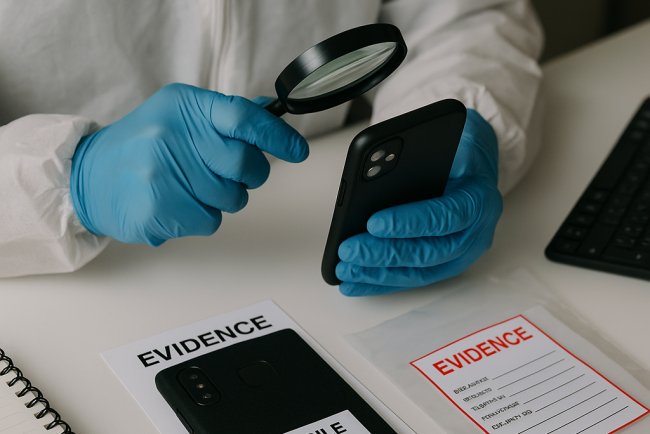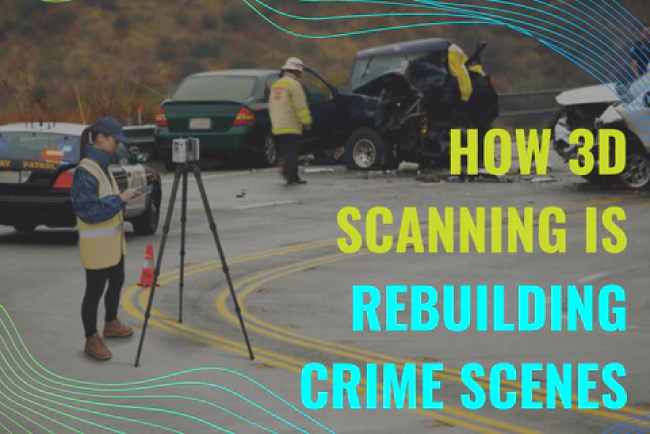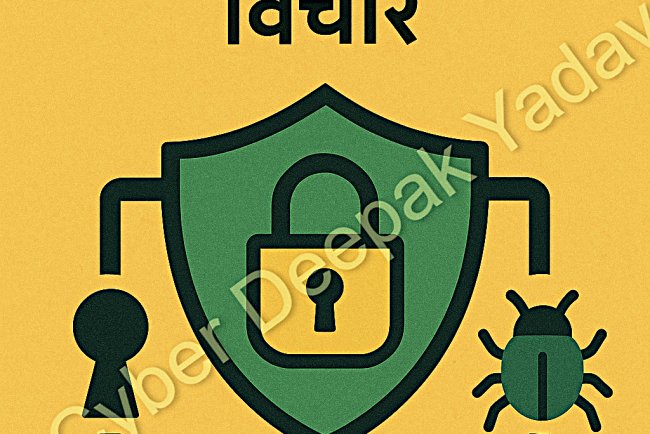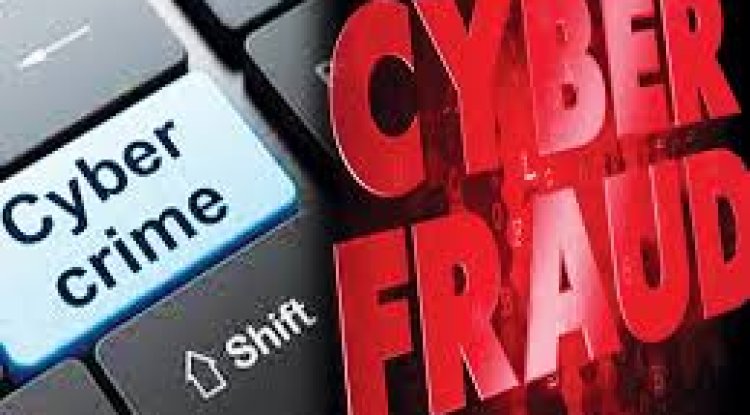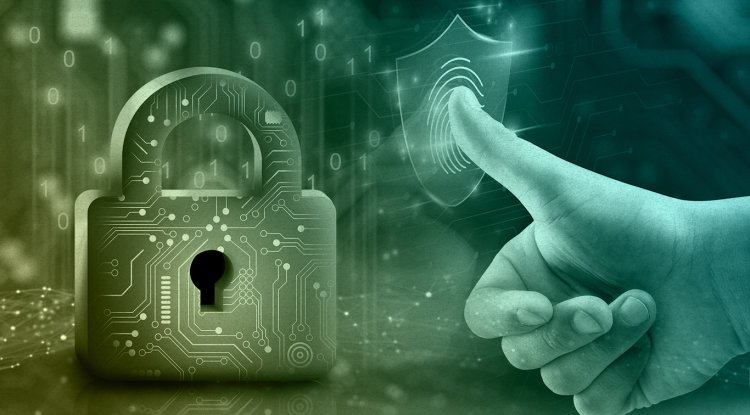"The 7 S's of Crime Scene Investigation''
From a forensic standpoint, crime scene investigation (CSI) is the systematic and scientific process of investigating a crime scene in order to find, gather, store, and examine tangible evidence that can be used to recreate events, identify suspects or victims, and assist with legal processes.
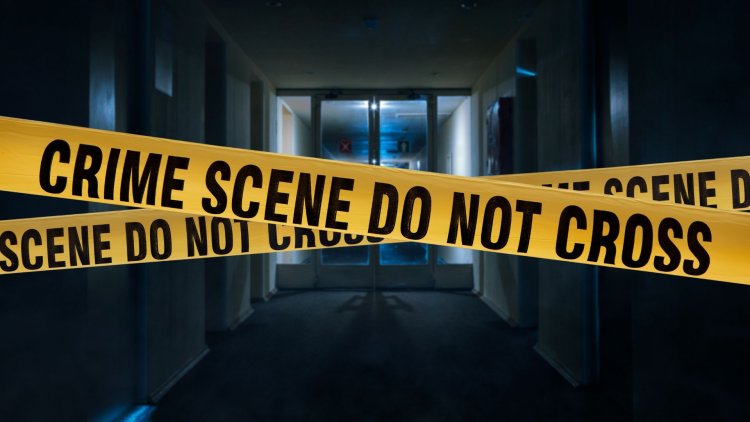
The seven crucial stages that crime scene investigators must take to guarantee a systematic and legally sound approach to processing a crime scene are known as the "7 S's of a Crime Scene." By taking these actions, the scene and the gathered evidence are kept intact.

| Step | Purpose |
|---|---|
| 1. Secure | Protect scene and people |
| 2. Separate | Avoid tainted witness accounts |
| 3. Scan | Identify key areas |
| 4. See (Photograph) | Create a visual record |
| 5. Sketch | Provide a scaled layout of the scene |
| 6. Search | Locate all relevant evidence |
| 7. Secure & Collect | Ensure proper handling and legal admissibility of evidence |
1. Secure the Scene
Protecting people and avoiding contamination should come first.The first responding police restricts access and barricades off the area.To record who enters and leaves the scene, a log is started.
2. Separate the Witnesses
Keeping witnesses separate prevents them from conspiring or influencing one another's testimony. In order to obtain objective testimonies, interviews are done independently.
3. Scan the Scene
An initial survey is conducted by the team to ascertain: The central scene, or the location of the crime Any supporting scenes, such as the victim's house or escape routes facilitates the planning of what to record or gather and where to do so.
3. See (Photograph) the Scene
Before anything is moved or touched, pictures and videos are taken. Every angle is recorded: broad perspectives of the entire scene Contextualised medium-range images of the evidence Close-ups of specific pieces of evidence
5. Sketch the Scene
-
A rough sketch is made of the scene, showing the location of evidence.
-
Accurate measurements
-
Scale and direction (usually a north arrow)
Labels for each item of interest
6. Search for Evidence
In forensic science, the process of looking for physical evidence at a crime scene is a rigorous and systematic way to find and retrieve evidence that can be used to reconstruct the incident, identify victims or suspects, and assist with legal investigations.
Types of Physical Evidence Searched
-
Biological evidence: blood, hair, saliva, semen, tissue
-
Trace evidence: fibers, glass, paint chips, soil, gunshot residue
-
Latent prints: fingerprints, palm prints, shoe prints
-
Weapons: firearms, knives, blunt objects
-
Digital evidence: mobile phones, laptops, USB drives
- Documents or personal belongings
7. Secure and Collect Evidence
Each piece of proof is: gathered with the right instruments in the appropriate containers With comprehensive information labelled In the chain of custody log The admissibility of evidence in court is guaranteed by proper collecting.
Types of Forensic Evidence & Collection Methods
| Type of Evidence | Examples | Collection Method | Container Type |
|---|---|---|---|
| Biological | Blood, saliva, semen, hair, tissues | Swabs, forceps, scalpels | Paper envelopes, breathable bags |
| Trace | Fibers, glass, soil, paint chips | Tweezers, tape lifts | Folded paper (druggist fold), envelopes |
| Fingerprints | Latent prints | Fingerprint powder and brush, tape lifts, cyanoacrylate fuming | Cards or protective covers |
| Firearms & Ammo | Guns, bullets, casings | Handle minimally, document serial numbers | Gun boxes with zip ties |
| Documents | Handwritten notes, printed materials | Do not fold or mark | Document protectors, folders |
| Digital Devices | Phones, computers, USB drives | Anti-static bags, Faraday bags | Shockproof, anti-static containers |
| Drugs/Substances | Pills, powders, plant material | Scoop into clean containers, avoid direct contact | Plastic or glass vials, bags |
| Footwear/Tire Impressions | Impressions in soil or snow | Casting (e.g., with dental stone), photography | Cardboard boxes or casts stored safely |
Transport to the Forensic Laboratory for further investigation
Evidence is transported in secure, locked containers or evidence transport boxes Accompaned by a COC form handled only by authorised person.
Follow cyberdeepakyadav.com on
Facebook, Twitter, LinkedIn, Instagram, and YouTube
What's Your Reaction?







